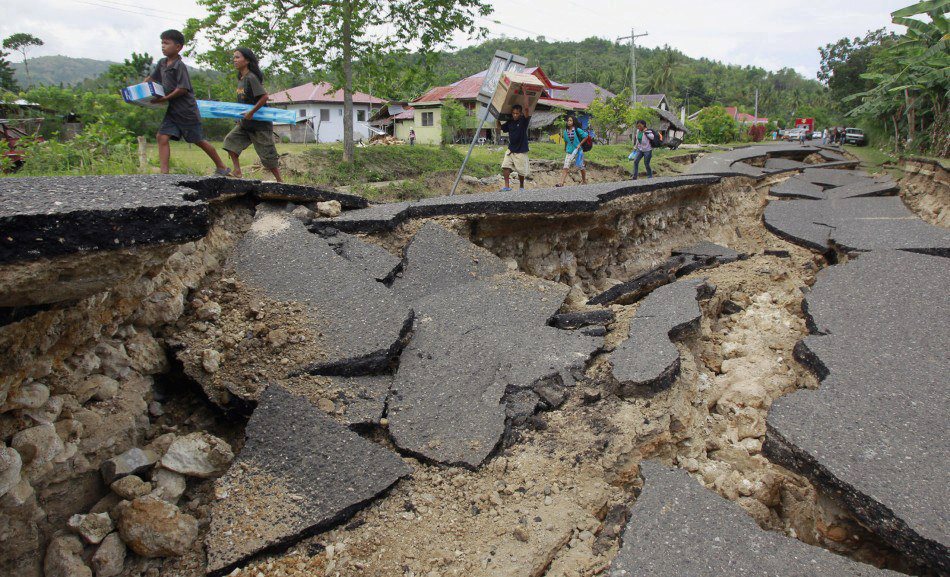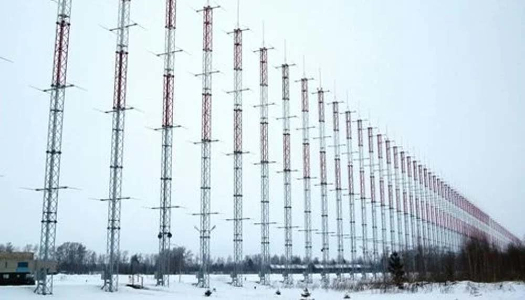Kiev. Ukraine. Ukraine Gate – December 29, 2020 – Science
We are constantly learning more and more about earthquake triggers, but scientists still need to learn more about how seismic shifts actually work. Geologists believe they have finally identified the key mechanism behind some of the strongest earthquakes on the planet.
Researchers have found tens of kilometers below the surface of the planet a possible factor that provokes a “mega-earthquake”.
The so-called “mega-earthquakes” occur in subduction zones, where one tectonic plate enters another. They are especially common in the Pacific and Indian Oceans and often lead to giant tsunamis.
New research suggests that the gradual, slow movement of rock deep below the subduction zone may be key to understanding how these strongest earthquakes occur. Potentially, this discovery could improve forecasting models, allowing more accurate predictions of similar cataclysms in the future.
The researchers say that these slow-sliding (SSE) phenomena do not occur in all subduction zones, but can significantly affect the increase in pressure deep underground. Most importantly, they move energy in different directions during strong earthquakes and do not necessarily follow the movements of the plates themselves.
“Usually when an earthquake occurs, we find that the movement is in the opposite direction of the plates, resulting in a kind of slip deficit,” explains geologist Kevin Furlong of the University of Pennsylvania. According to him, slow earthquakes are characterized by the direction of movement vertically downwards, in the direction of gravity, and not in the direction of movement of the plates.
Using high-resolution GPS data, Furlong and colleagues analyzed motion along the Cascade subduction zone (stretching from Vancouver Island in Canada to northern California) for several years.
A magnitude 9 earthquake occurred in the cascade in 1700, and since then SSEs have occurred much below the subduction zone, moving short distances at slow speeds. They are similar to a “swarm of events”, as researchers say, and the pattern coincides with similar data obtained in New Zealand.
Researchers believe that although SSEs occur many kilometers below the surface, their movement can affect both the timing and behavior of earthquakes. These smaller events occur every one or two years, but can cause something much more serious.
SSEs were first discovered by geologists about 20 years ago, and only recently have GPS instruments been sensitive enough to capture their movements in detail – in this case, 35 kilometers underground.
The results of the new study, which researchers described as “quite unexpected,” will help shape future models of earthquakes. It is possible, for example, that some of the voltage from the movement of the plates in the subduction zones is removed by the SSE deep underground. Moreover, knowing the direction of the forces that will release future earthquakes is crucial in their planning. These natural disasters can be very unpredictable, so any information that can be gathered in advance is invaluable.







